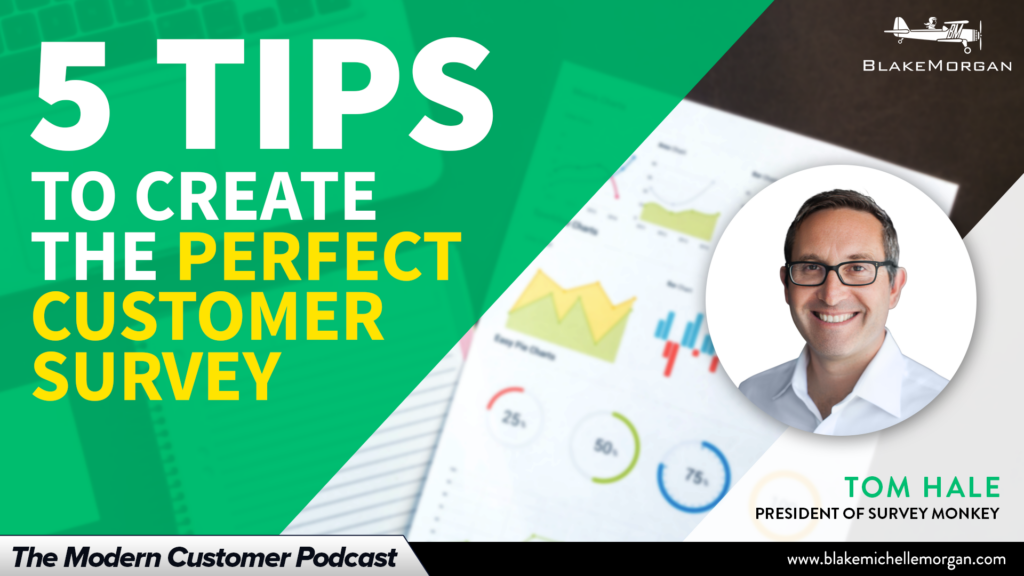The backbone of a strong customer experience is feedback. And it’s never been more important than it is now.
According to Tom Hale, president of SurveyMonkey, digital surveys and feedback have seen tremendous growth during the COVID-19 pandemic. With companies forced into new ways of doing business and interacting with their customers, feedback has never been more crucial. Surveys allow companies to check their progress and see what needs to be improved, especially at a time when so many things are new and changing.
New research from SurveyMonkey found that 87% of CX professionals say customer feedback is more important now than it was before COVID. Customer experience and feedback has taken a higher priority because of the pandemic, and Hale doesn’t think it will ever change back.
The struggle then becomes how to get the most effective and useful feedback. In order to get great feedback, companies must know how to create a great survey.
Here are five tips to creating the perfect customer survey:
- Start with NPS. Hales says the gold standard for customer feedback is a question about NPS (Net Promoter Score), which is an accurate way of measuring how likely customers are to recommend the company. A high NPS means customers are generally quite satisfied with the experience. Start the survey by asking, “Would you recommend this product/service to a friend?” and allow customers to rate their response on a scale from 0-10.
- Leave space for open responses. Great surveys combine numerical answers and free responses. When asking about NPS, follow it up with an open text box to encourage customers to elaborate on why they would or wouldn’t recommend the company. Open responses can be used to elaborate on nearly any question and add more depth to the survey responses.
- Think through the entire experience. The perfect customer survey isn’t just about the questions—it’s about the entire experience. Hale shared his own example of when he bought a new treadmill and received the follow-up survey just after it was delivered when he was in the thick of assembling the complicated machine. Too many companies ask for feedback at the wrong time. Hale’s response would have been very different if he had received the survey a few days later after he had time to assemble and try the treadmill instead of receiving it when he was distracted and stressed.
- Make it easy for customers to respond. Think through the entire experience of when a customer will receive the survey, how long it will take them to complete and how they will feel when they’re completing the survey. Customers are much less likely to respond to feedback requests that are too complicated or have too much friction, such as when they receive a printed receipt with a long survey link they have to type in themselves. Great, accurate customer feedback comes when it is easy for customers to give responses. As Hale says, much of designing the experience is the communication around the experience, including how you ask the questions.
- Give surveys throughout the entire customer lifecycle. Successful customer feedback doesn’t just come after a customer has made a purchase. SurveyMonkey surveys its own customers at all parts of the lifecycle to have metrics and feedback about the entire experience from start to finish. The surveys look slightly different based on where they are given in the customer journey, but the information pinpoints areas for improvement and helps prioritize what needs to be changed first.

